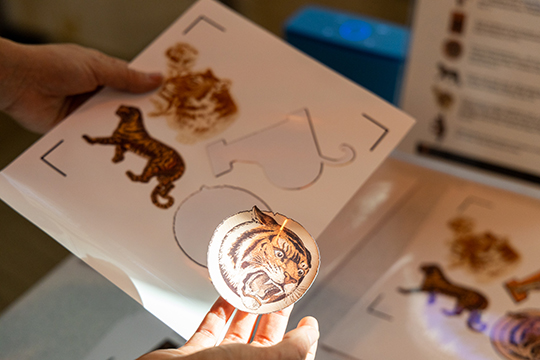
We do plenty of children’s programs in our gallery space, but this fall we did a special event for a different demographic – Princeton University students! We’ve had a ton of amazing undergrads contribute their talents to Cotsen over the years, and we definitely wanted to send our love back. What better way to show it than historic tigers from the University archives?
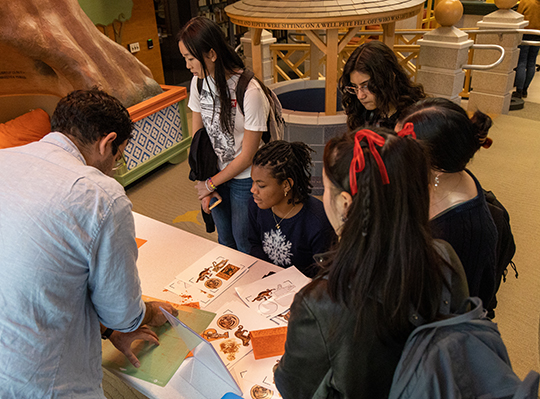 The event was a collaboration with our colleagues at the Princeton University Library’s Makerspace, which is housed in the Lewis Library and features a multitude of ways for students, faculty, and staff to gets hands-on experience with artistic equipment and have creative collaborations.
The event was a collaboration with our colleagues at the Princeton University Library’s Makerspace, which is housed in the Lewis Library and features a multitude of ways for students, faculty, and staff to gets hands-on experience with artistic equipment and have creative collaborations.
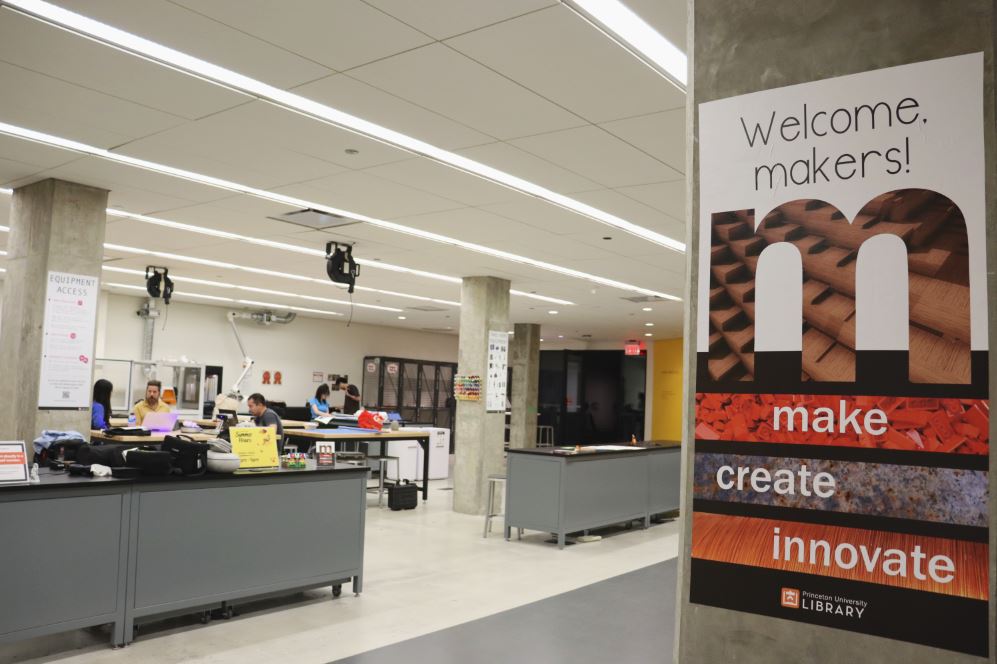 Makerspace Specialist Ariel Ackerly made our gallery the first stop on her innovative “Mobile Makerspace” initiative, bringing a 3D scanner, custom stickers, button makers, and a Cricut machine to the Cotsen Library. She’s planning to visit other destinations on campus too!
Makerspace Specialist Ariel Ackerly made our gallery the first stop on her innovative “Mobile Makerspace” initiative, bringing a 3D scanner, custom stickers, button makers, and a Cricut machine to the Cotsen Library. She’s planning to visit other destinations on campus too!
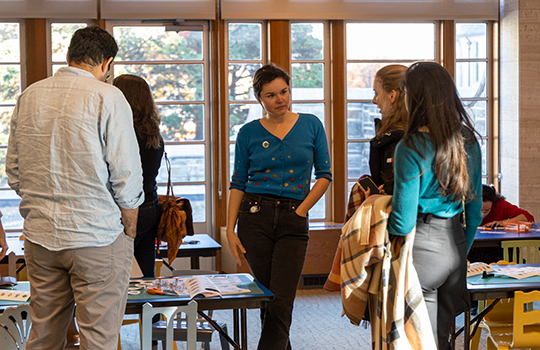 There were two sets of images available for stickers and buttons. The first were Pokemon-esque folk tale creatures from a 2016 Cotsen event. Drawn by student Aliisa Lee, the cartoon creatures were paired with their historic tales. The most popular was Moon Rabbit from China. If you’d like to read more about the event, read the tales, and see more illustrations, you’ll find all that here.
There were two sets of images available for stickers and buttons. The first were Pokemon-esque folk tale creatures from a 2016 Cotsen event. Drawn by student Aliisa Lee, the cartoon creatures were paired with their historic tales. The most popular was Moon Rabbit from China. If you’d like to read more about the event, read the tales, and see more illustrations, you’ll find all that here.
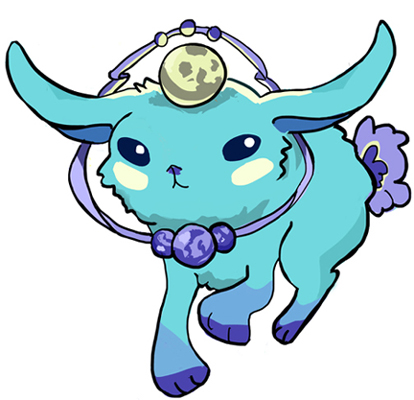 The second set of illustrations were from the Seeley G. Mudd Manuscript Library, which holds the University archives. Library Collections Specialist April C. Armstrong provided a number of amazing historic tiger images from the Princeton University collections, including the three you see below. April also wrote a fantastic blog post this week that features a brief history of Princeton’s tiger, as well as more interesting tiger images from the vault!
The second set of illustrations were from the Seeley G. Mudd Manuscript Library, which holds the University archives. Library Collections Specialist April C. Armstrong provided a number of amazing historic tiger images from the Princeton University collections, including the three you see below. April also wrote a fantastic blog post this week that features a brief history of Princeton’s tiger, as well as more interesting tiger images from the vault!
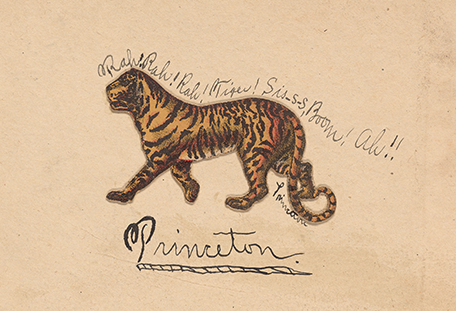
Tiger pasted on the inside cover of the scrapbook made by Charles H. Shick, Princeton Class of 1892. Mudd Manuscript Library. Scrapbook Collection (AC026), Box 161.
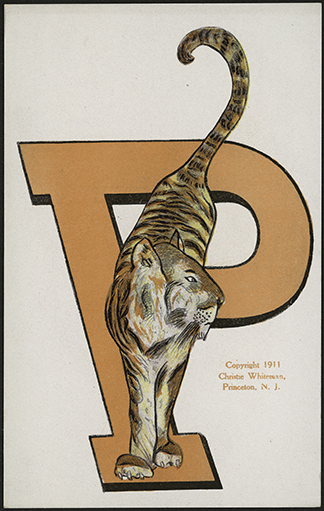
1911 postcard series by Christie Whiteman. Mudd Manuscript Library. Historical Postcard Collection (AC045.)
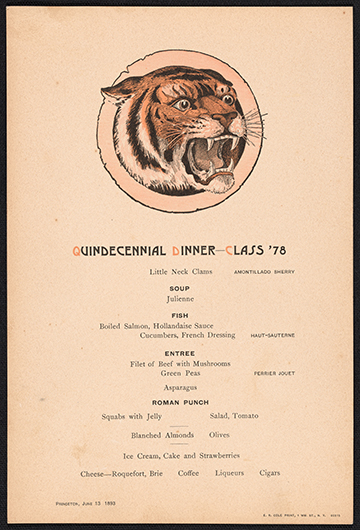
From The Quindecennial (i.e., 15th annual) Dinner of the College of New Jersey (Princeton) Class of 1878, 1893. Mudd Manuscript Library. Princeton University Class Records, Box 10.
The Mobile Makerspace event was a huge success, with students (and staff!) stopping by to try equipment, ask questions, and get a fabulous button or sticker to take home.
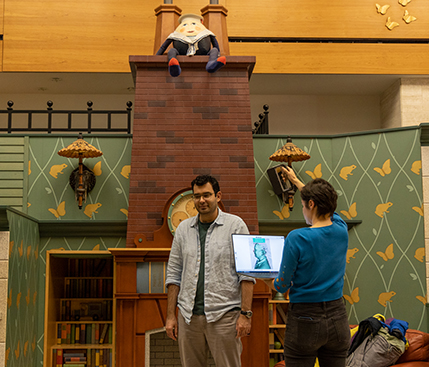
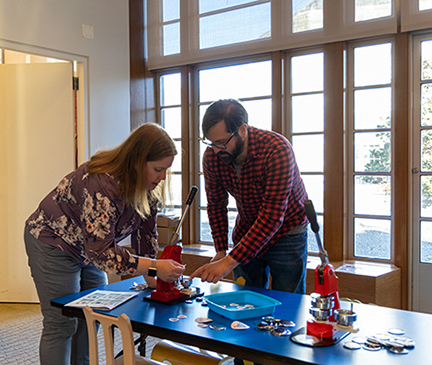
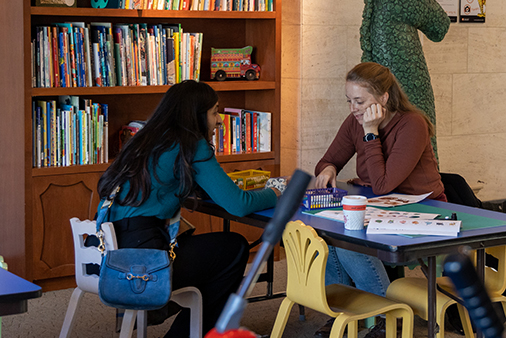 Many thanks to Ariel Ackerly for making this event happen! A big shout out to April C. Armstrong at Mudd Library for the historic Princeton University tigers, and to Brianna Garden for digitizing them. Additional thanks to Brandon Johnson, Office of Library Communications, for the event images!
Many thanks to Ariel Ackerly for making this event happen! A big shout out to April C. Armstrong at Mudd Library for the historic Princeton University tigers, and to Brianna Garden for digitizing them. Additional thanks to Brandon Johnson, Office of Library Communications, for the event images!

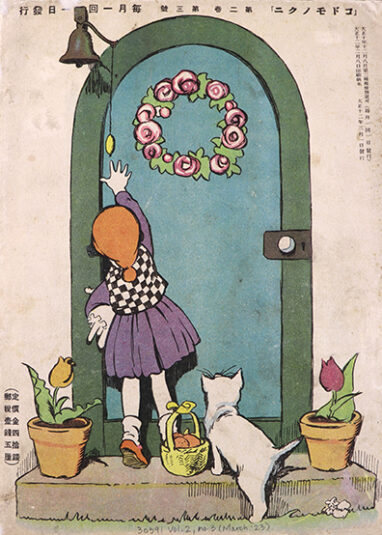 It’s time for the annual
It’s time for the annual 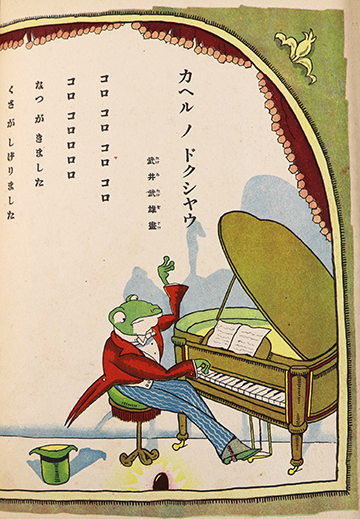
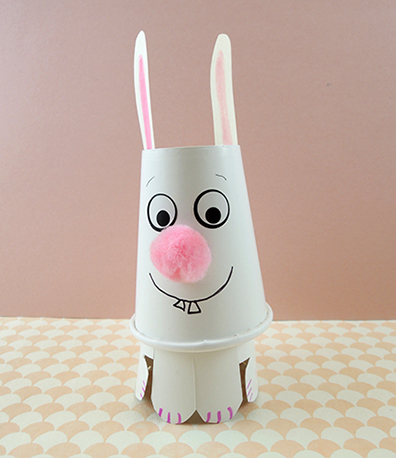
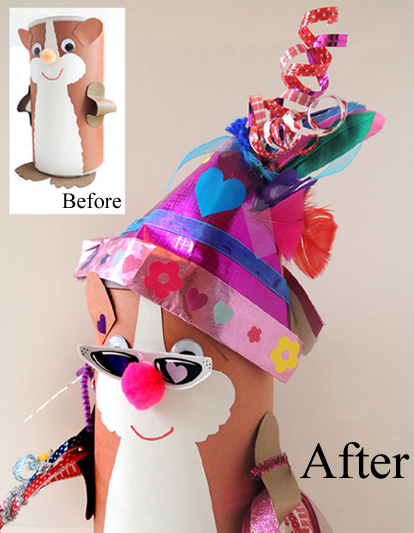 Perhaps you’d like to expand to entire household with this tiny
Perhaps you’d like to expand to entire household with this tiny 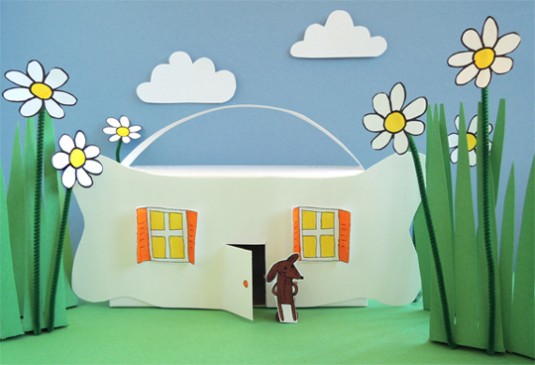
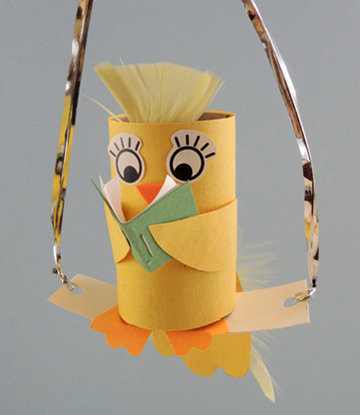 Even alligators can be
Even alligators can be 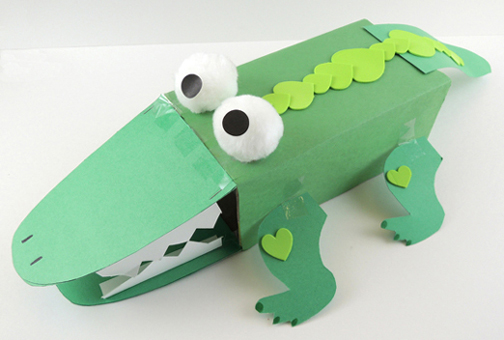 Or make up your
Or make up your 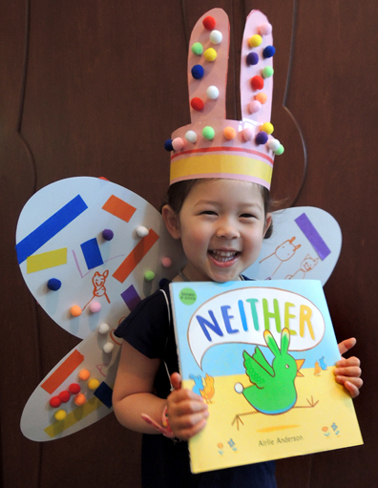
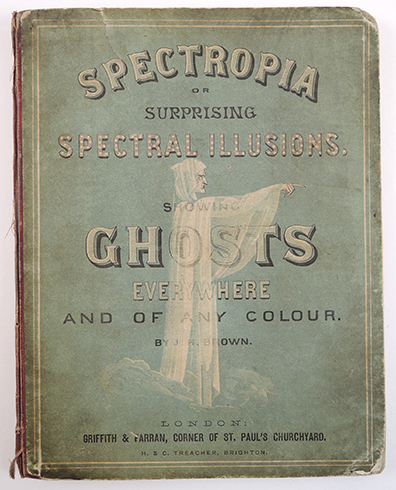 Last Halloween season we took a stroll through our special collections
Last Halloween season we took a stroll through our special collections 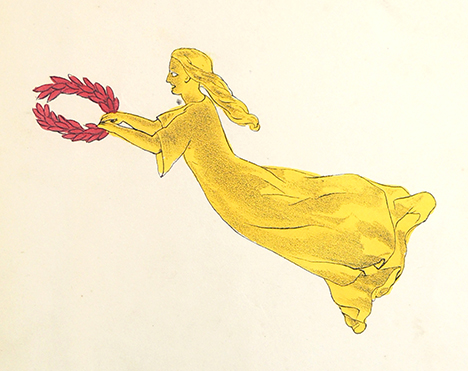
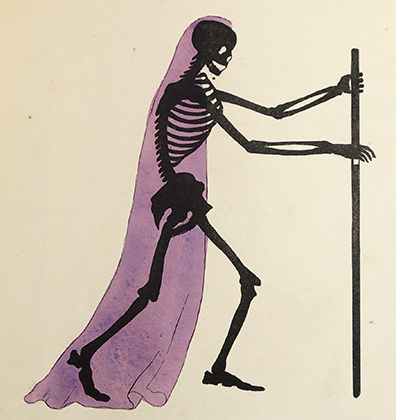

 The book concludes with a grand finale image that is not a ghost, but a rainbow! Definitely try this one, because it is so cool to see the colors flip in the afterimage!
The book concludes with a grand finale image that is not a ghost, but a rainbow! Definitely try this one, because it is so cool to see the colors flip in the afterimage!